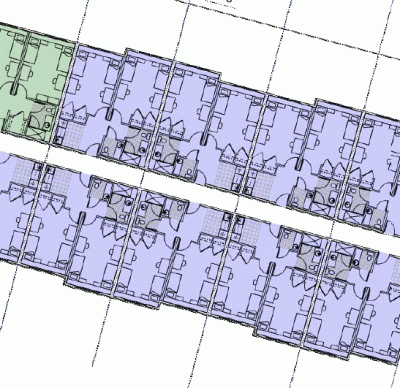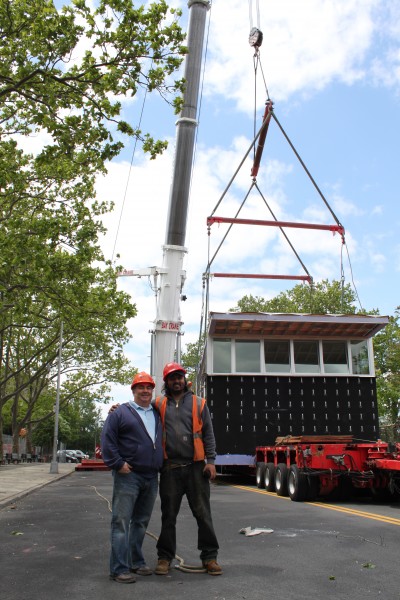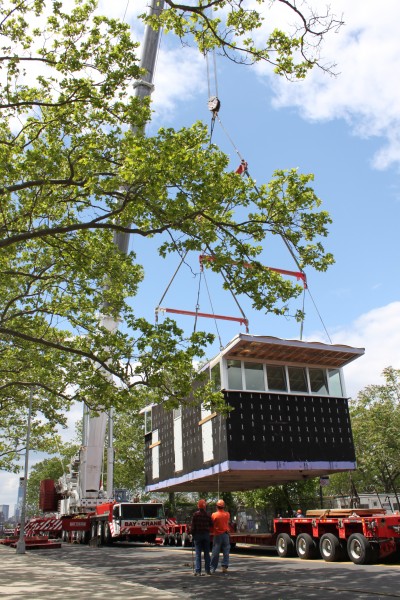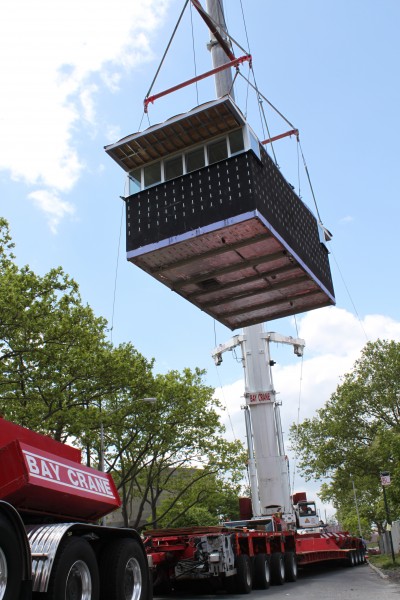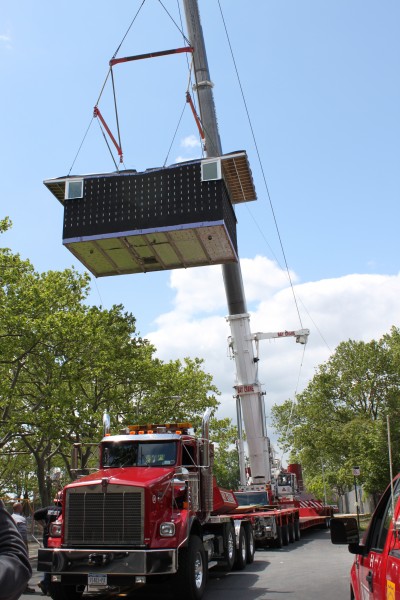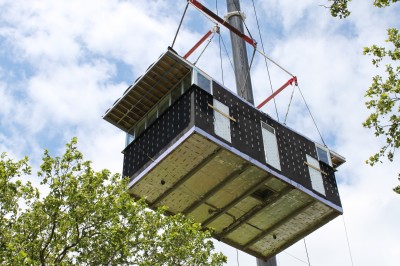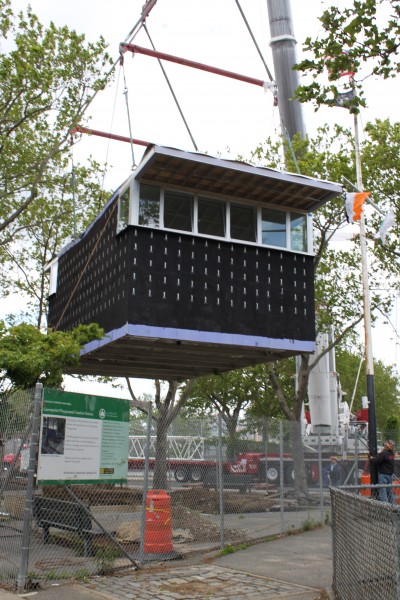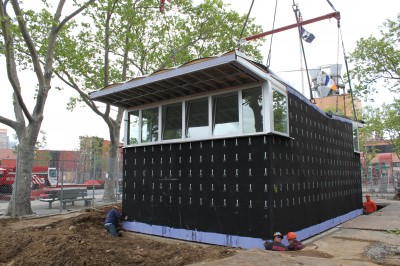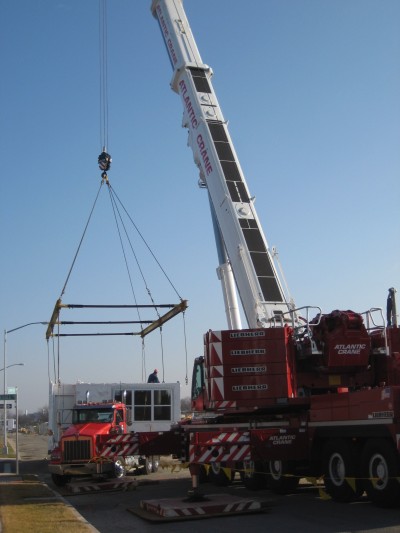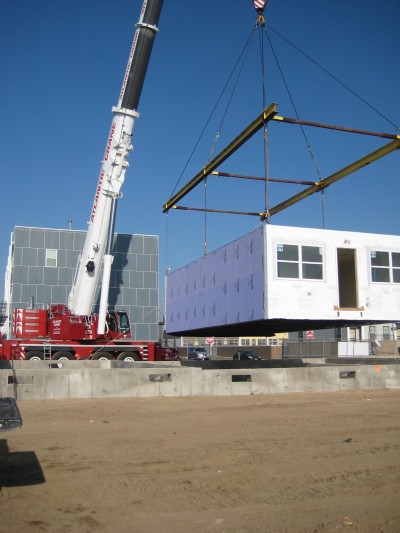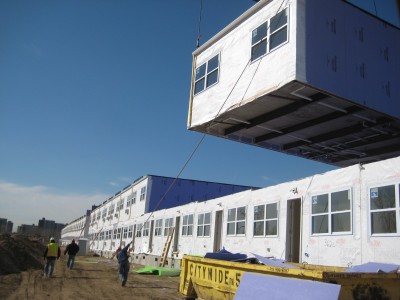A Ribbon Cutting Officially Opened The MacDougal Street Apartments
Tags: Concern MacDougal Apartments, Green Building, High Quality Construction, modular building, Non Combustible Construction, offsite construction, Prefabrication, sustainable construction
June 1, 2012, 7:00 a.m. EDT
Concern For Independent Living Opens The MacDougal Street Apartments, a New 65-Unit Supportive Housing Project in Crown Heights, Brooklyn

“The MacDougal Street Apartments does all of that as well as create a beautiful and supportive living environment. I want to thank our partners in government and our not-for-profit and for-profit lenders for making this dream a reality,” he said.
New York State Homes and Community Renewal Commissioner/CEO Darryl C. Towns said, “The measure of a society is how it treats those who are most vulnerable. Under the leadership of Governor Andrew Cuomo, HCR is working within the Medicaid Redesign Team to find better ways to address the medical and social issues of Medicaid’s highest-need clients. Supportive housing has been shown to improve the overall health and well-being of these individuals, helping advance their independence through stable and safe environments. We are proud to be part of the MacDougal Apartments project and part of transforming the lives of the 65 people who will call it home.”
Office of Mental Health Commissioner Mike Hogan said, “Housing is a basic need for everyone. For people with mental illness, safe, decent and affordable housing is the foundation upon which recovery is built. Concern for Independent Living has demonstrated an ability to operate outstanding supported housing services. With this project, Concern will help start 65 more individuals on that path to recovery.”
The total development cost for The MacDougal Street Apartments was $21.7 million. Financing included 4% Tax Credits issued by New York State Homes and Community Renewal, a grant from the New York State Office of Mental Health, and an Affordable Housing Program grant from the Federal Home Loan Bank of New York.
Concern for Independent Living, Inc. is a nonprofit agency committed to helping low income persons and persons with disabilities to live in the community with dignity and enhanced opportunities through the provision of housing and support services. Concern is one of the largest housing agencies of this kind in New York State, currently serving approximately 700 individuals and families in over 200 locations. Concern offers a variety of housing options with individualized support services designed to support personal growth and independence.
Contact: Ralph FasanoExecutive DirectorConcern for Independent Living, Inc.631-758-0474rfasano@concernhousing.org
SOURCE Concern for Independent Living, Inc.
Copyright (C) 2012 PR Newswire. All rights reserved


